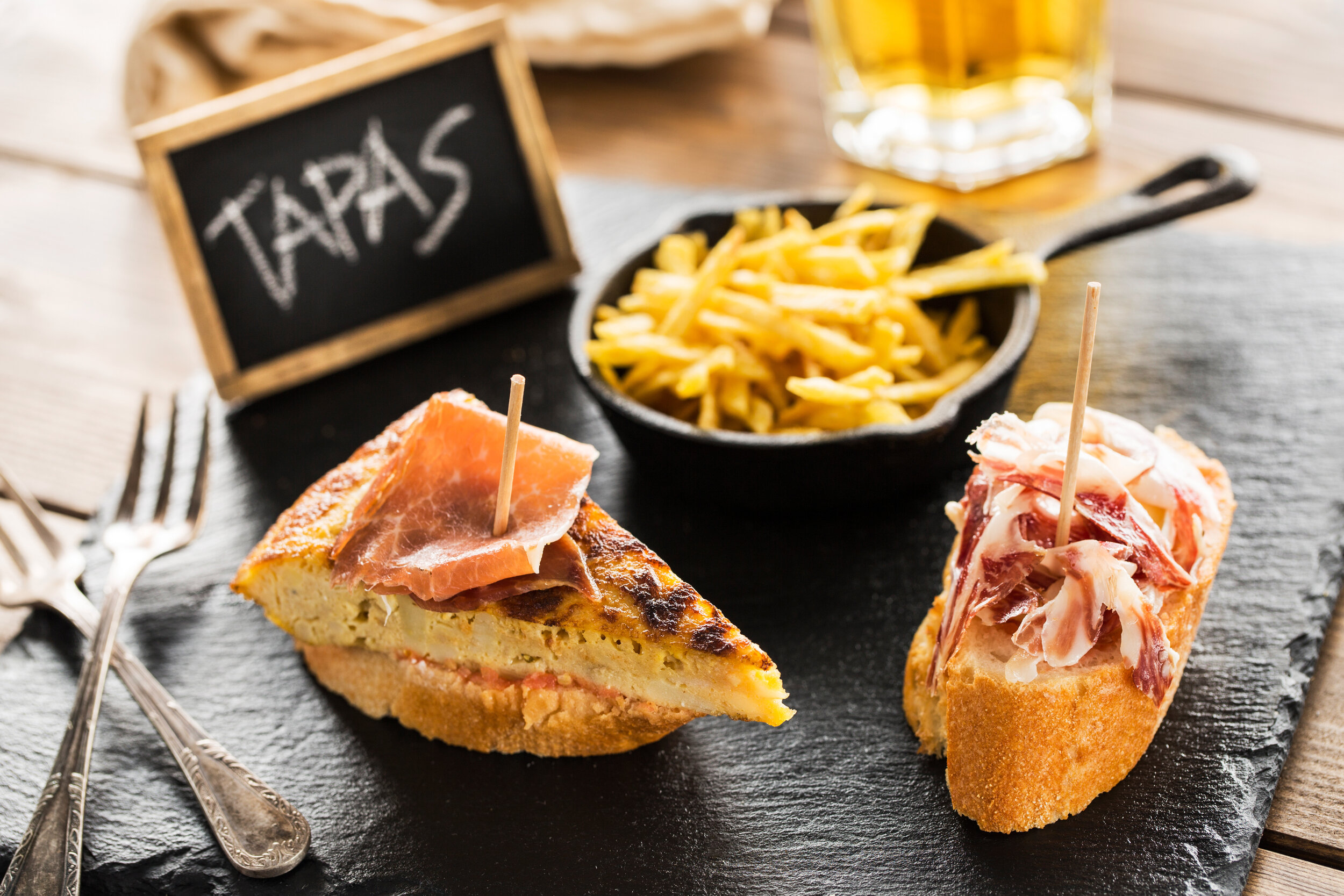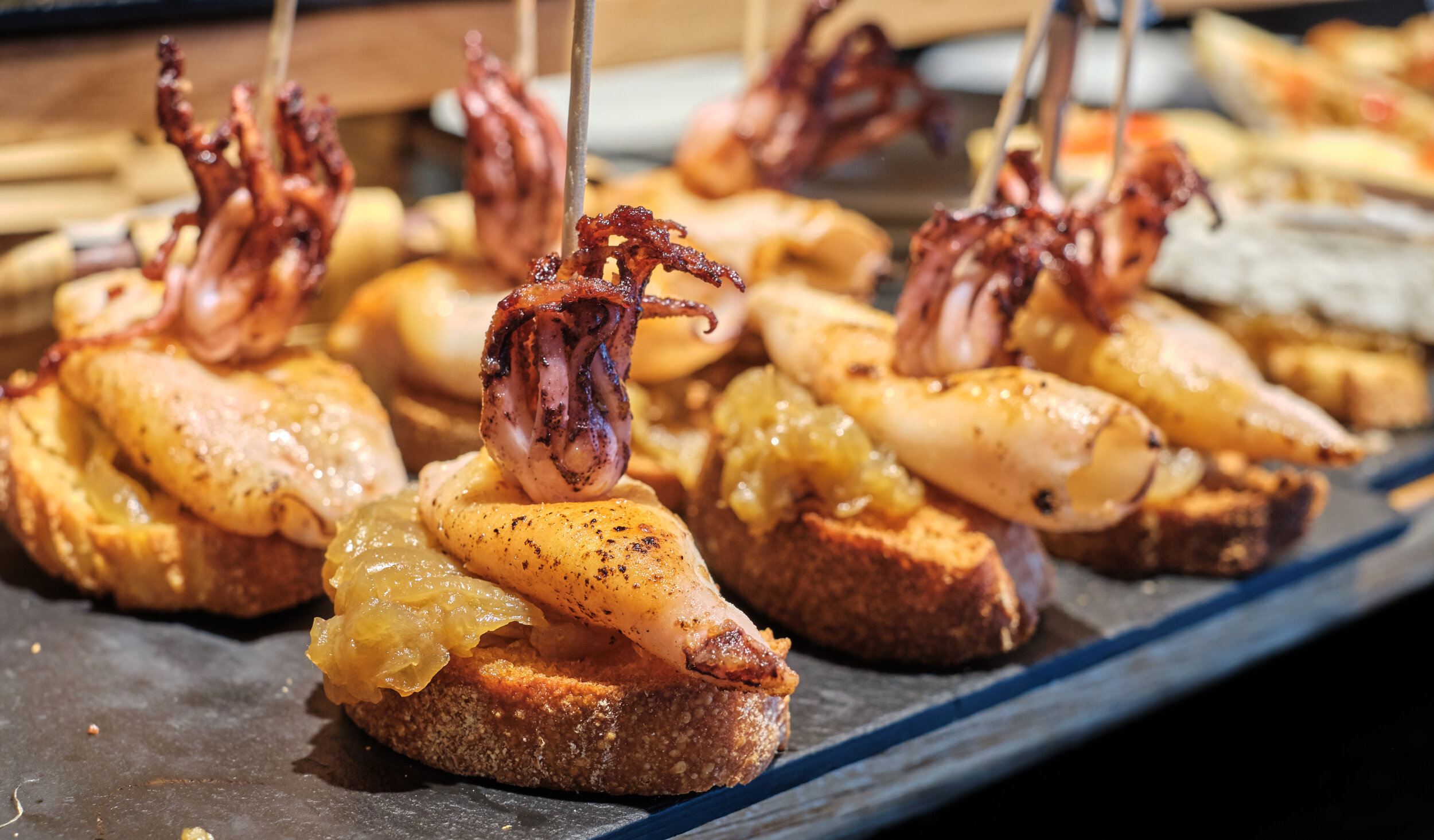The Land that Flavor Forgot
One of my last jobs in the US was as in a mid-range clothing store. As a sales associate, I was encouraged to create a “personal connection” with each of the customers. This usually meant engaging in surface level conversation.
One day, while I was stationed in the fitting room, I made mention of my upcoming move to Spain to a woman trying on jeans. She smiled and told me that she too had lived there while she was in her early twenties. “You’ll love the city,” she said “But the food isn’t great.” I gave her a tight smile back; one that was throughly professional and insincere. All the while thinking, “You don’t know what you are talking about lady in the fitting room.”
Turns out she was an oracle. At least in part.
“I don’t know. Oregano, maybe?”
She was wrong about the city. I didn’t like Madrid at all. But she was right about the food. I hated it.
I’ve often looked back at that moment and felt somewhat mystified about how someone who didn’t know me, could point out my main qualm with the city so well.
Thanks, lady in the fitting room. I should have listened..and brought some Lawry’s Seasoning Salt.”
To be fair, aside from the paella from the infamous restaurants in the Ironbound section of Newark, I had never eaten Spanish food. So, I honestly didn’t know what to expect when I emerged from the plane. I imagined that it would lie somewhere between Latin American and Italian food. Rice and beans, but maybe with a little saffron or thyme. Or some of the other many flavors that I had come to associate with the Mediterranean. Familiar and flavorful. Not necessarily spicy, but rich nonetheless.
As you can probably guess from the title, that is not what I found. And I’ve complained about it to anyone with ears and apparently undeveloped tastebuds. Exasperated, they’ve often asked, “Candace, what did you expect?” To which I would reply, “I don’t know. Oregano, maybe?”
By the time I moved to Minorca, I had adjusted to the more subdued flavor of Madrilenian food. And by that time, I had traveled quite a bit and realized the regional nature of Spanish culture and cuisine. I soon realized that it was best to eat the foods most commonly associated with each region.
It was a great relief to my tastebuds to discover such culinary delights such as pulpo in Galicia, and paella in Valencia. I had also tried pinxtos in Basque Country and tapas in Sevilla. Both of which were amazing and, dare I say it, actually seasoned.
It wasn’t the best food that I had eaten in the whole world, but at least an effort had been made. And it was still miles beyond the bocadillos calamares in Madrid. Where it was acceptable to fry calamari rings, put them on a piece of bread, place it on the customer’s table and walk away. All without the courtesy of a garlic aioli sauce and some arugula to help moisten your mouth and add brightness.
“I’m in love with the pulpo!”
Here in Minorca, I’ve yet to truly sample the local faire. Past experience in Madrid has still left me somewhat scarred. So, I often cook for myself and avoid eating out. As a result, I hadn’t given much thought to Spanish food until recently.
Last Monday, my pedicurist remarked that my freshly painted fingernails matched the color of my kindle cover. I noticed that her hand matched the color of my foot. As if God has dipped us both into large vats of MAC’s NC 45 foundation before sending us out into the world.
She pressed me to find out where I was from and how I had ended up on the island. I told her. She told me that she was from Colombia and that she had moved to Spain with her son and mother. Then she asked me something else.
“What do you eat in America?” I told her the best I could about the various types of food found in America—too much of which was deep-fried. She nodded and then she lowered her voice and asked, “What do you think of the food here?” She asked with such a sense of expectation that it was clear that she was talking about more than just the food. “I don’t like it.” I told her. “Me either” she replied. “In my country, the food has more flavor.”
I couldn’t believe it. I was having the “these white people don’t season their food right” conversation in Spain, in Spanish with another women of color. It was one of the most hilarious and validating moments of my life.
When she was done, she suggested that we hang out sometime. I agreed, hopping that maybe she’d show me how to make arepas one day. I was also delighted at having found a kindred spirt and dedicated user of sazón.






